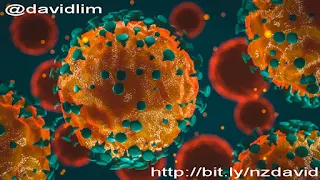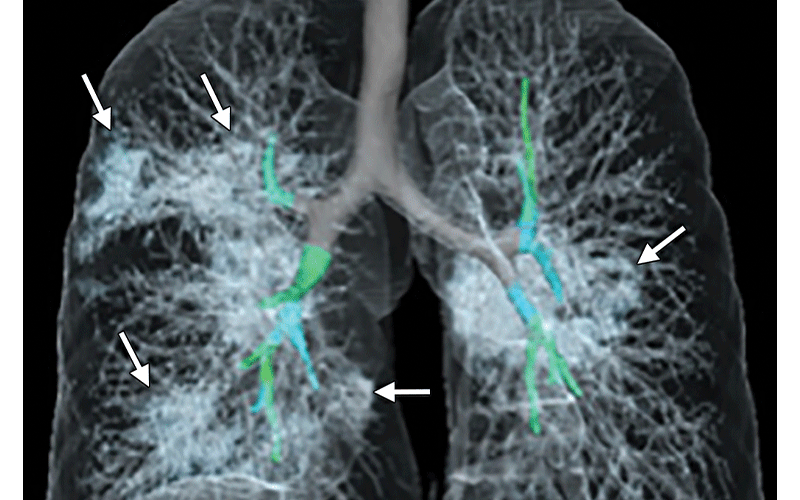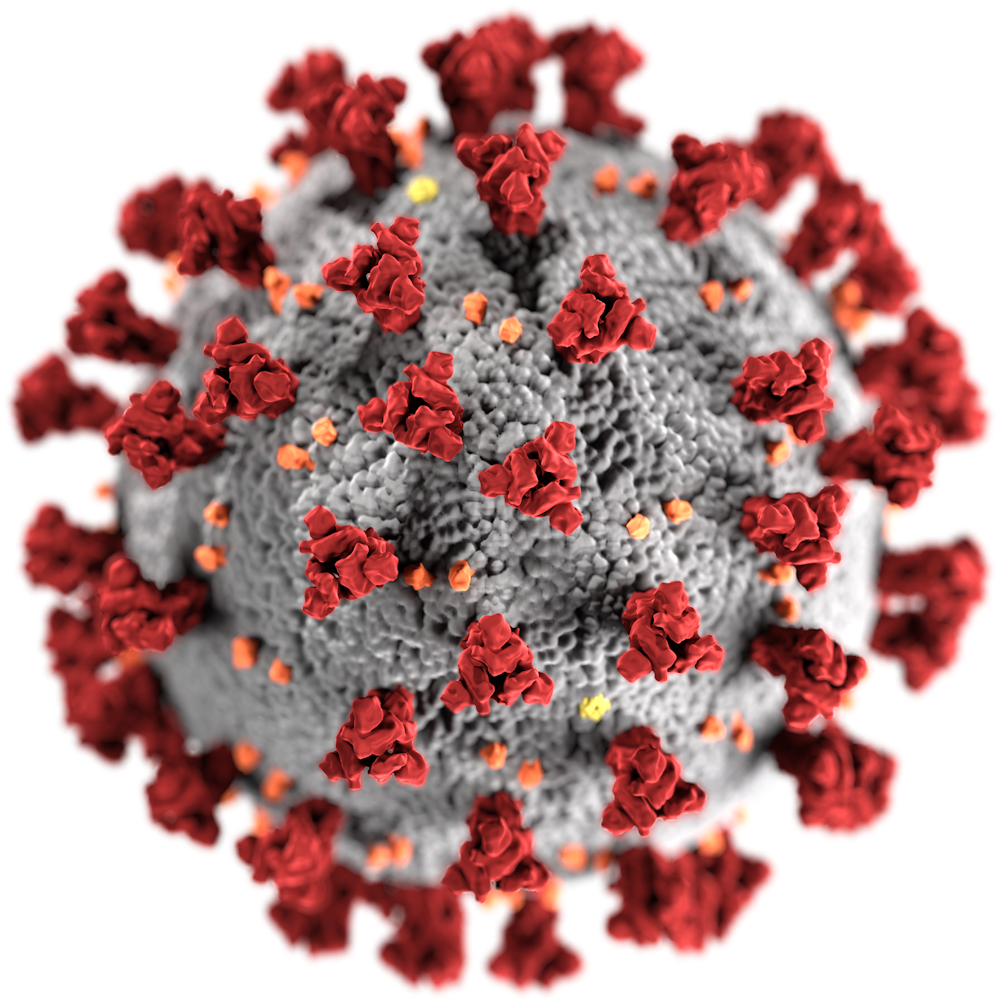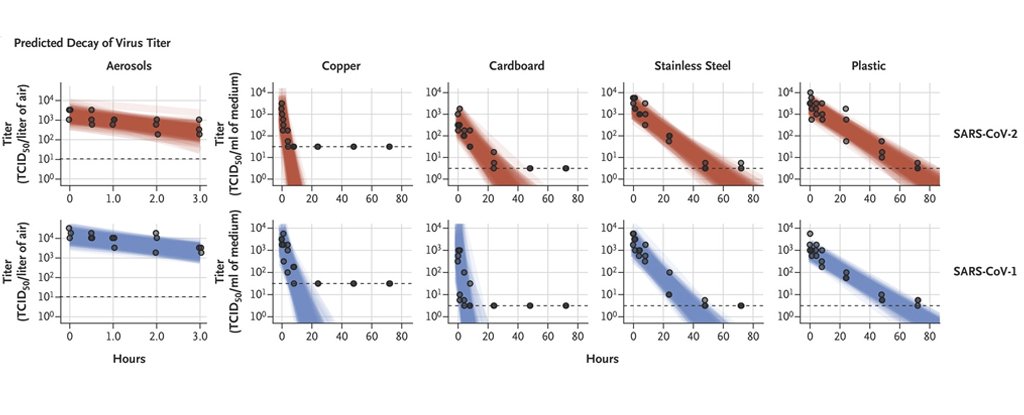Trump warns coronavirus more "vicious" than flu, despite his previous comments
1st April, 2020: President Trump acknowledged Tuesday that Covid-19 is worse than the seasonal flu, despite claiming otherwise multiple times in the past.
“It’s not the flu. It’s vicious,” Trump said of Covid-19 Tuesday while discussing a personal friend of his who is in a coma battling coronavirus.
Some context: The tone is new for Trump who on March 9 tweeted: “So last year 37,000 Americans died from the common Flu. It averages between 27,000 and 70,000 per year. Nothing is shut down, life & the economy go on. At this moment there are 546 confirmed cases of CoronaVirus, with 22 deaths. Think about that!”
Two days after Trump made that comment, Dr. Anthony Fauci warned that coronavirus is “10 times more lethal than the seasonal flu.”
Today members of the coronavirus task force warned that Americans should be “prepared” for over 100,000 deaths.












